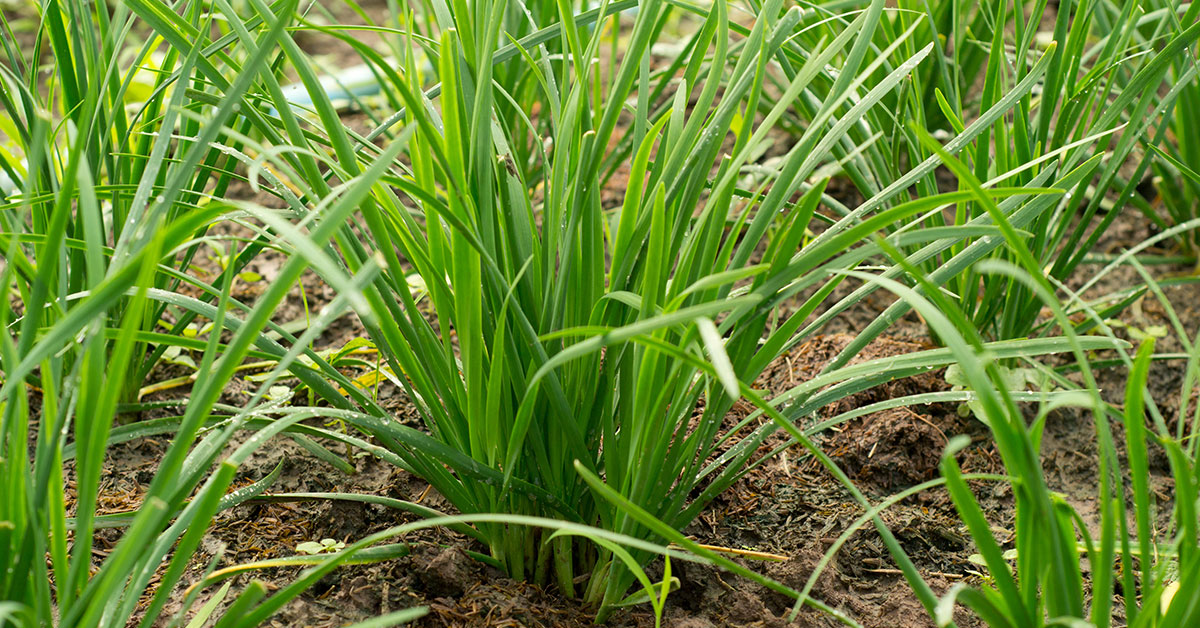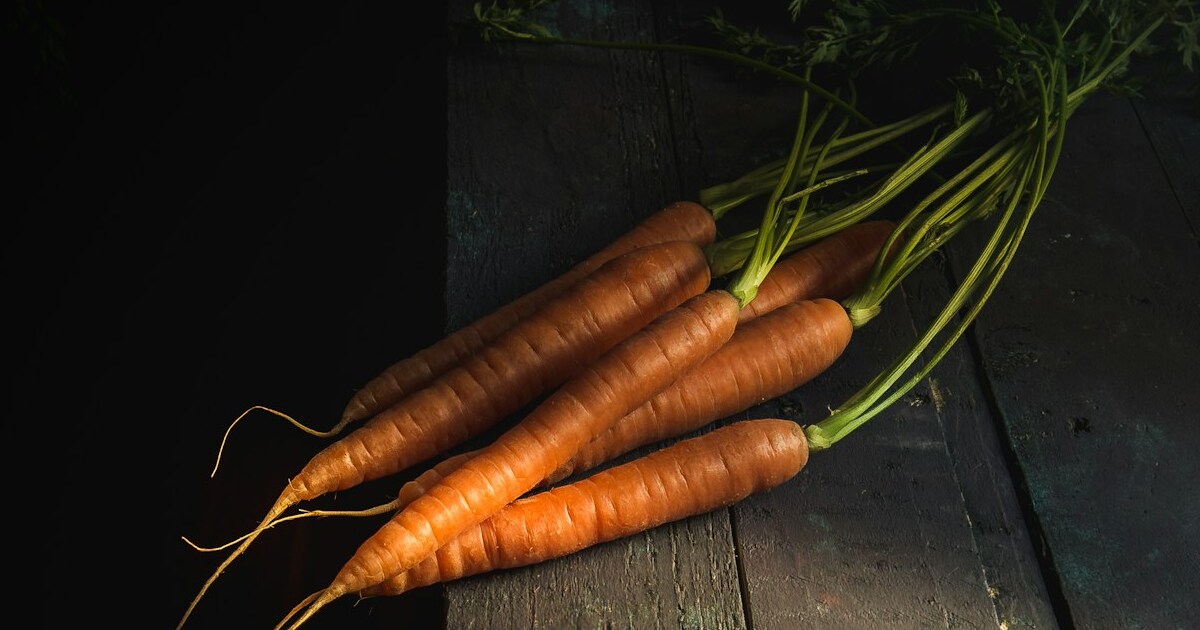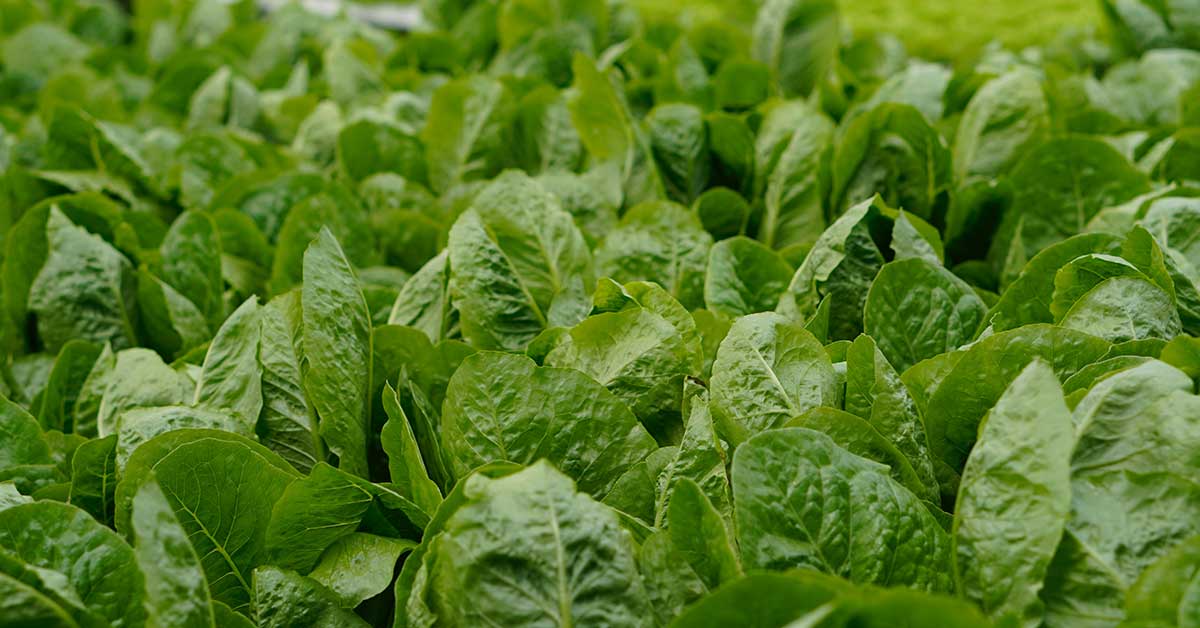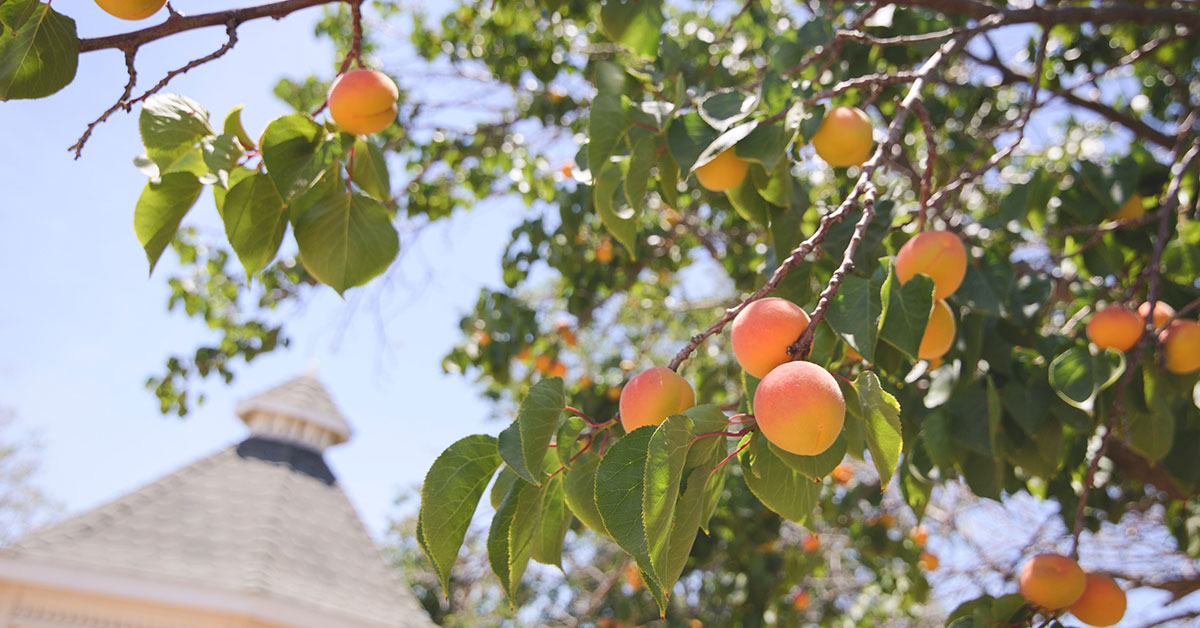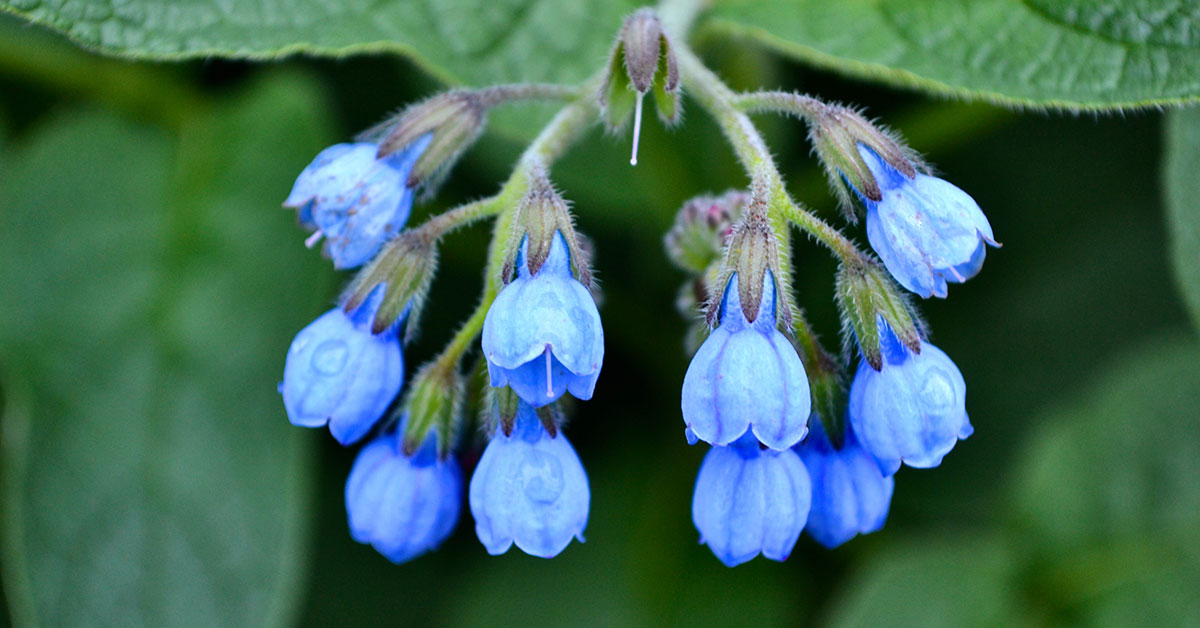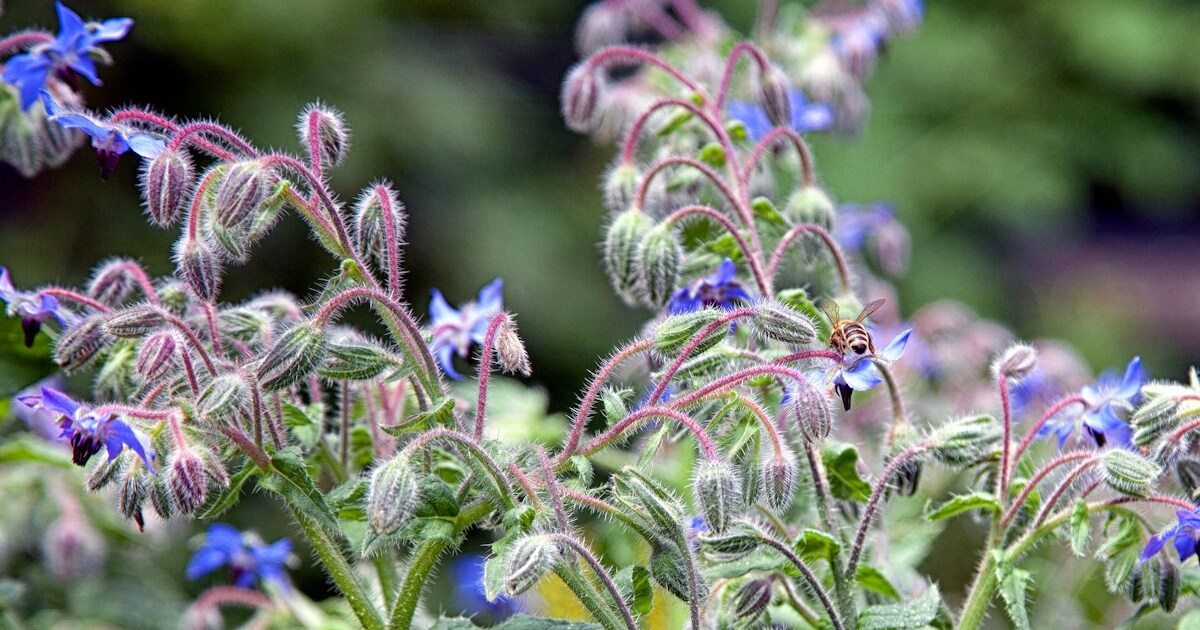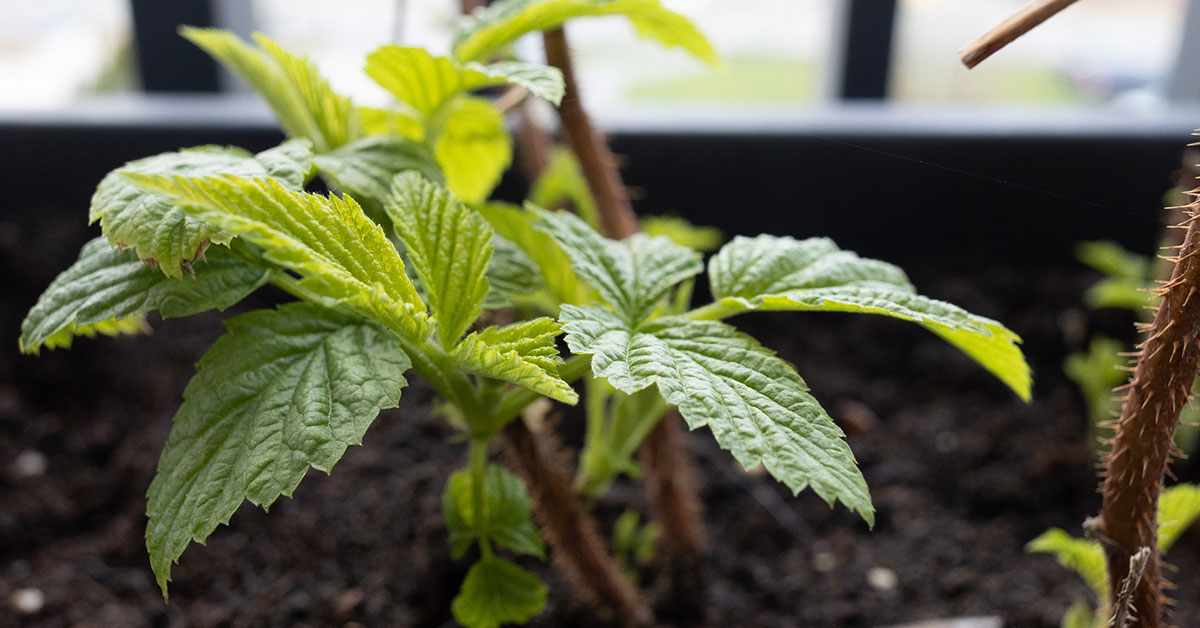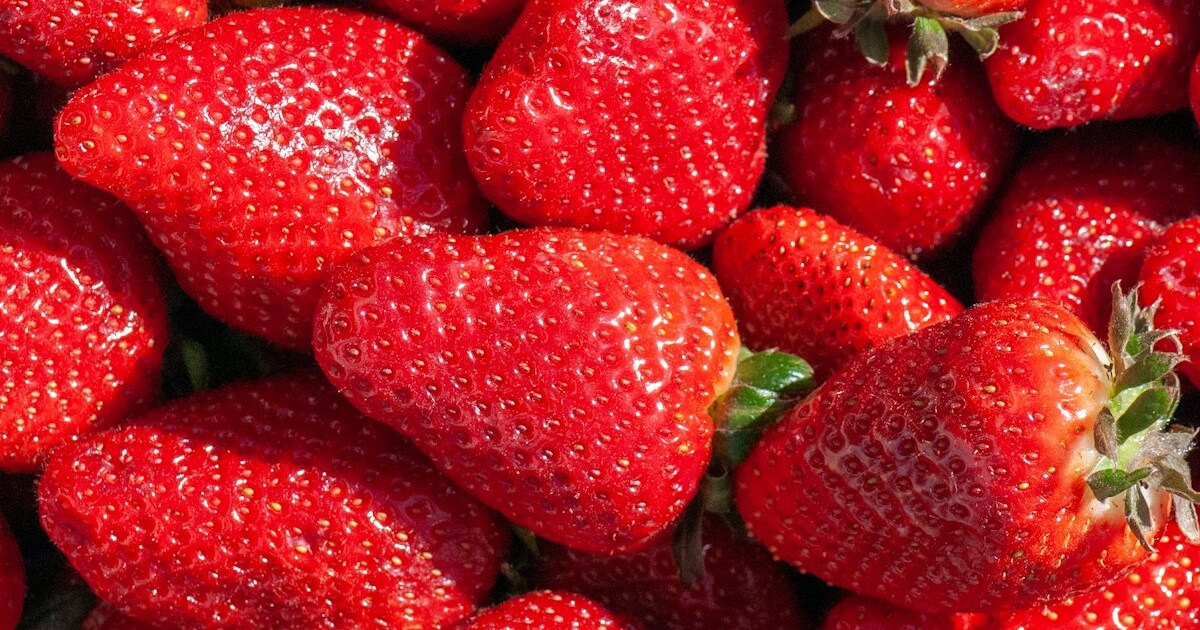I’m thrilled to share with you some of the most exciting discoveries from my garden—15 awesome plants that not only add beauty and aroma to your outdoor spaces but also work hard to repel those pesky flies! As a dedicated gardener, I know how disheartening it can be when flies disturb a peaceful afternoon or interfere with your favorite outdoor gatherings. It’s such a bummer when these little nuisances take over, especially after you’ve spent hours nurturing your plants. That’s why I’ve put together this guide filled with plants that naturally fend off flies while attracting beneficial insects and even offering cozy nesting spots for some tiny critters!
Throughout my years of trial and error, I’ve learned that the secret to a vibrant, pest-free garden lies in choosing the right plant companions. Each plant in this list has its own unique story—whether it’s a Mediterranean native with an enchanting aroma or a tropical beauty whose strong scent keeps unwanted visitors at bay. In the sections below, I’ll dive into the native origins, growth behaviors, and even some fun tidbits about these plants, all presented in a random order to keep things lively and unexpected.
Lavender

Lavender (Lavandula angustifolia) is a perennial favorite among gardeners for its soothing fragrance and vibrant purple spikes that not only delight the senses but also repel flies effectively! Native to the Mediterranean, lavender thrives in sunny, well-drained soils and exudes a natural aroma that flies find repulsive. I’ve always admired how its silvery-green foliage and delicate flowers attract beneficial bees and butterflies, creating a harmonious ecosystem in my garden that feels both serene and lively.
What’s truly remarkable about lavender is its low-maintenance nature and drought tolerance, making it an ideal choice for those hot, dry days when pests are most active. Its non-invasive habit means that you can plant it alongside other herbs without worrying about it taking over, and its ability to deter flies is an added bonus that keeps your outdoor space comfortable and inviting. Every time I stroll past my lavender beds, I’m reminded that nature often provides the simplest, most effective solutions to garden woes!
Basil
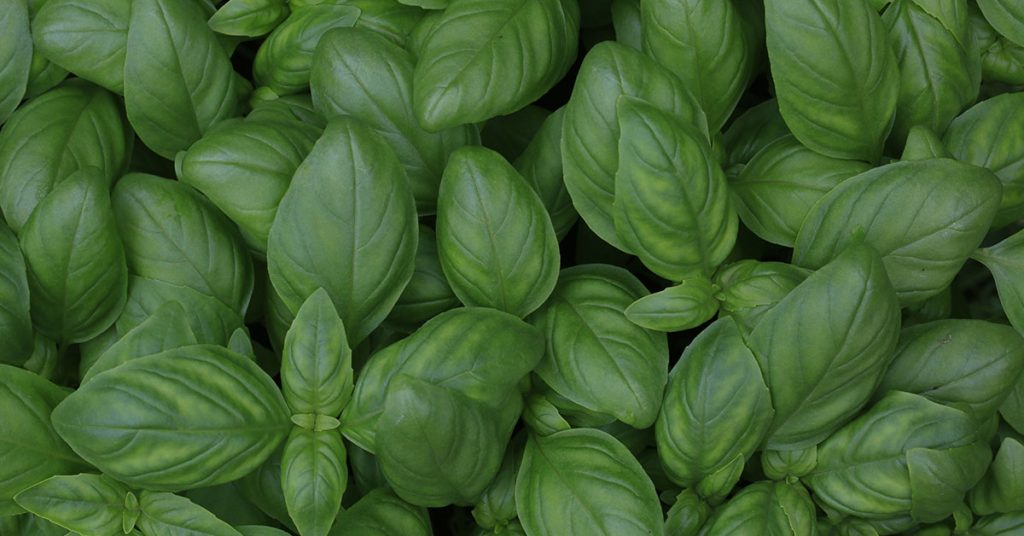
Basil (Ocimum basilicum) is much more than just a culinary herb—it’s a dynamic fly repellent that fills your garden with a spicy aroma that flies simply avoid! Native to tropical regions of Asia and Africa, basil flourishes in warm, sunlit conditions and is renowned for its robust scent and lush, vibrant leaves. I’ve found that when basil grows near my outdoor seating area, it creates an almost magical barrier against pesky flies, all while attracting pollinators like bees that help my other plants flourish.
Beyond its impressive pest-repelling properties, basil is a versatile herb that enriches both your garden and your kitchen. Its growth habit is compact and non-invasive, so you can intersperse it among other plants without fear of it overrunning your space. Whether you’re using it in a salad or simply enjoying its aromatic presence, basil brings a practical and delightful touch to any garden setting!
Mint

Mint (Mentha spp.) is a lively herb known for its refreshing aroma and vigorous growth, making it a fantastic natural repellent for flies! Native to Europe, Asia, and Africa, mint thrives in moist, sunny spots and releases a potent, invigorating scent that flies tend to avoid. I love how mint’s sprawling habit not only blankets the soil to help retain moisture but also creates a habitat for beneficial insects, which sometimes use its dense growth as a nesting refuge.
However, it’s important to note that mint can be quite invasive if left unchecked, so I always recommend growing it in containers or dedicated beds. Despite its assertive growth, its ability to naturally deter flies and enhance the overall aroma of your garden makes it a must-have for any herb enthusiast. Every time I trim my mint for a refreshing tea, I’m reminded of its dual role in both flavoring my day and protecting my outdoor sanctuary!
Rosemary
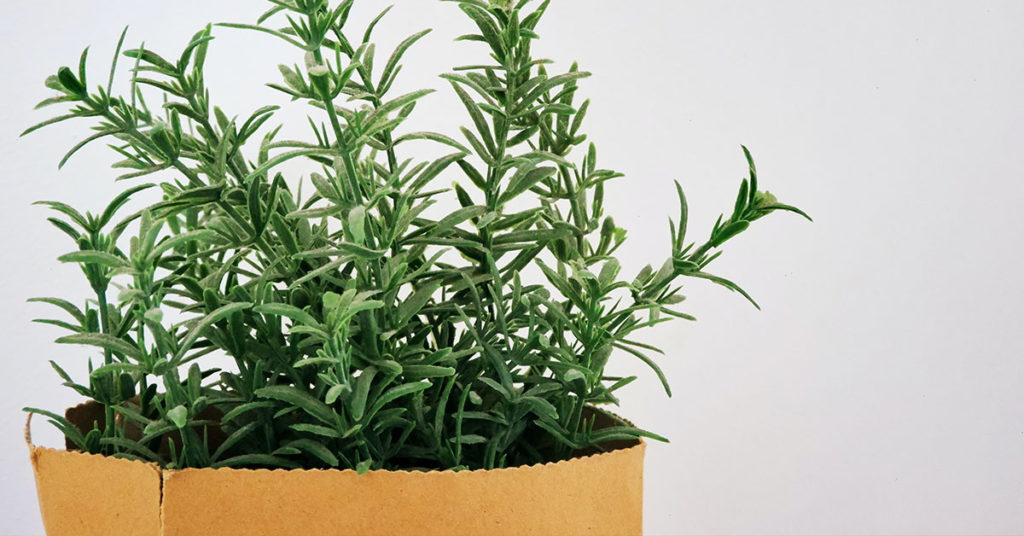
Rosemary (Rosmarinus officinalis) is a stalwart of Mediterranean gardens, renowned for its needle-like leaves and robust aroma that acts as a natural fly deterrent! Native to the Mediterranean basin, rosemary thrives under full sun in well-drained soils and adds an elegant, evergreen touch to your garden. I’m continually impressed by how its aromatic oils not only enrich the air but also repel flies and other common garden pests, making it a practical and decorative companion.
In addition to its pest-repelling prowess, rosemary is cherished for its culinary and medicinal uses, offering a delicious blend of functionality and beauty. Its non-invasive nature means it coexists peacefully with other sun-loving plants, and its sturdy, upright growth provides a natural backdrop for a bustling, insect-friendly ecosystem. For those looking to create a Mediterranean-inspired retreat, rosemary is an indispensable ally that combines fragrance, flavor, and functionality!
Marigold
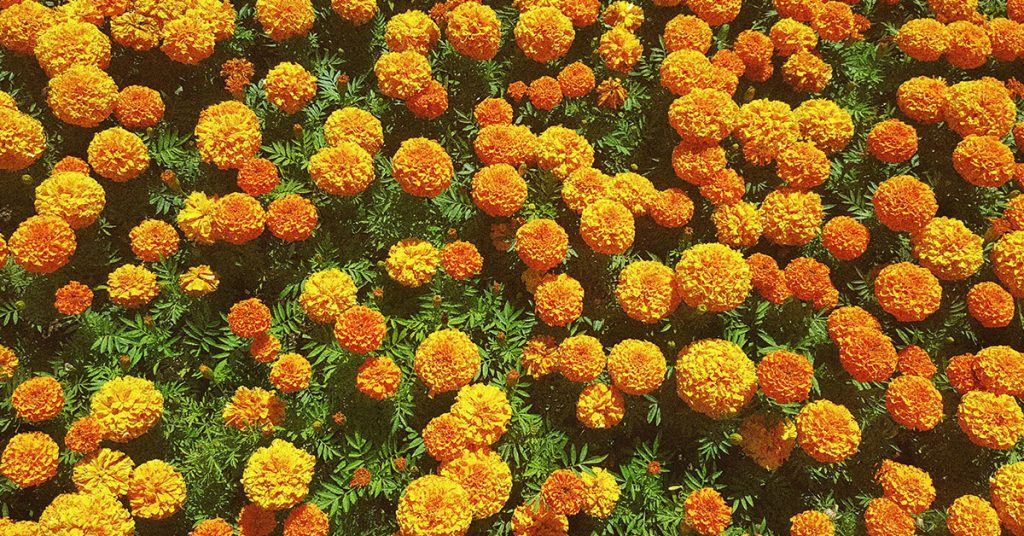
Marigold (Tagetes spp.) brings an explosion of sunny color to your garden while serving as a potent natural fly repellent! Native to the Americas, marigolds thrive in warm, sunny climates and emit a strong, musky scent that flies find unappealing. I’ve always been captivated by their vibrant blooms, which not only add a cheerful aesthetic but also play a key role in reducing fly populations by disrupting their breeding cycles.
These hardy annuals are easy to care for and, best of all, non-invasive—ensuring that they complement rather than compete with your other garden favorites. Marigolds also attract beneficial insects such as ladybugs and lacewings, which further help to keep pests at bay. Every time I see a cluster of marigolds, I’m reminded that nature often provides the most beautiful solutions to everyday garden challenges!
Catnip
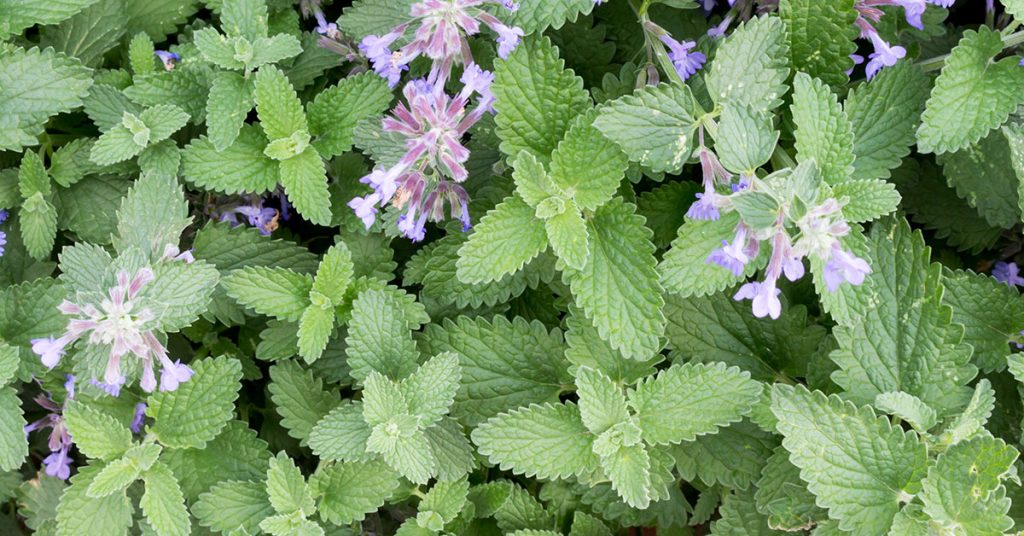
Catnip (Nepeta cataria) is famous for its allure to our feline friends, but it also boasts remarkable properties as a fly repellent! Native to Europe and Asia, catnip thrives in sunny, well-drained soils and produces a minty, slightly citrusy aroma that many flies find repulsive. I find it fascinating how catnip not only lures curious cats but also attracts beneficial insects that help maintain a balanced ecosystem in my garden. Its lush, aromatic foliage is a true testament to nature’s ingenuity in pest control!
Beyond its well-known effects on cats, catnip serves as a subtle yet effective barrier against flies and other bothersome insects. Its non-invasive growth habit means you can plant it among your other herbs without fear of it taking over, and its fast propagation adds an extra layer of natural defense to your garden. With catnip in your herb mix, you’re not only treating your furry friends but also creating a vibrant, fly-resistant outdoor space!
Lemongrass
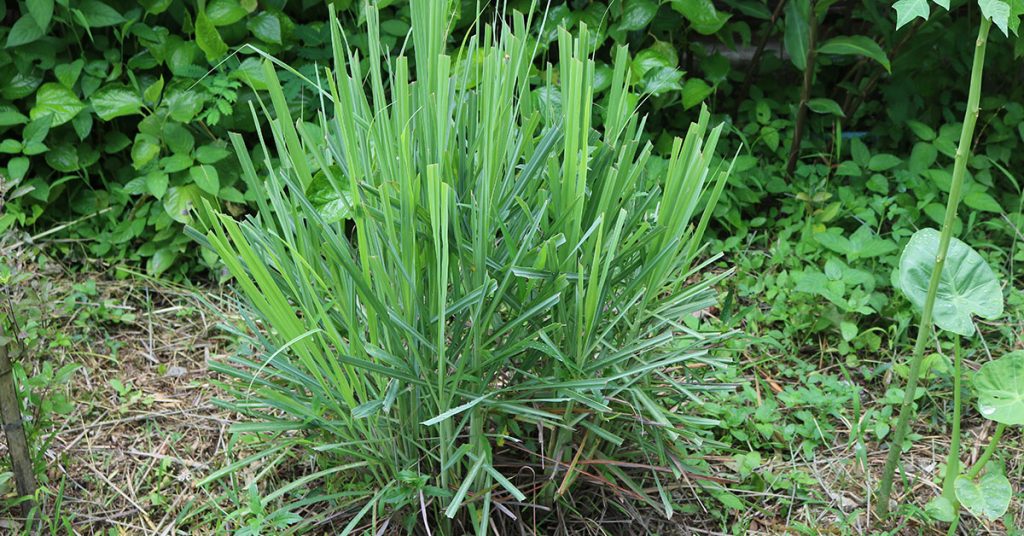
Lemongrass (Cymbopogon citratus) is a tropical delight that fills your garden with a refreshing lemony scent while keeping pesky flies at bay! Native to Southeast Asia, lemongrass thrives in warm, sunny environments with well-drained soil and emits essential oils that flies find intolerable. I love the way its tall, slender blades sway in the breeze, creating a dynamic visual display that also attracts beneficial insects like bees and butterflies, which often use the plant’s structure for temporary shelter.
This versatile herb is celebrated not only for its pest-repelling properties but also for its culinary and medicinal benefits. Its rapid growth and non-invasive nature mean you can easily integrate lemongrass into your garden without it overshadowing other plants. With every whiff of its citrus-infused aroma, I’m reminded of the many ways nature equips us with both flavor and function in our gardening endeavors!
Sage
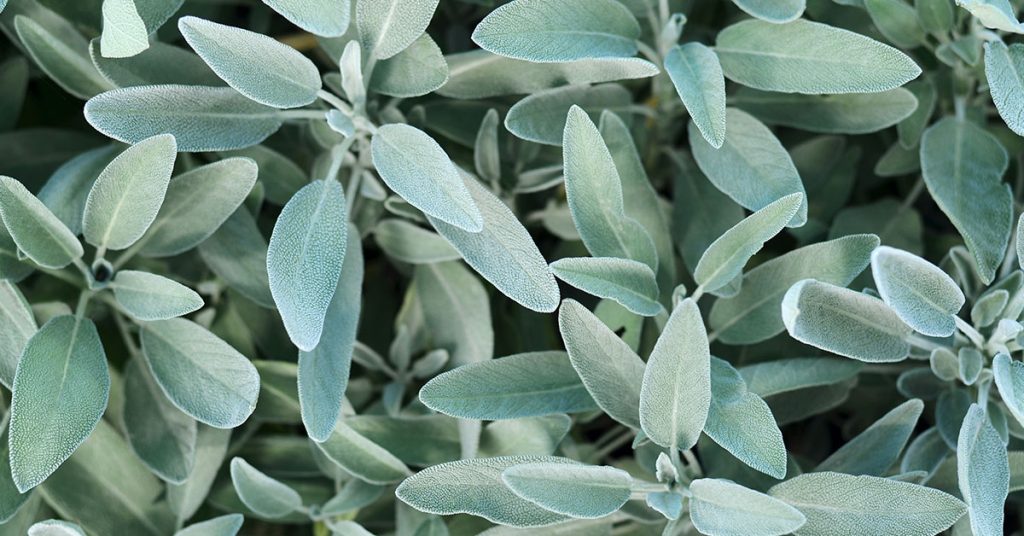
Sage (Salvia officinalis) is a robust herb with a long history in Mediterranean gardens, prized for its earthy aroma that naturally repels flies and other unwanted pests! Native to the Mediterranean, sage flourishes in full sun and well-drained soils, producing silvery-green leaves that emit essential oils with a distinctive, savory scent. I’ve observed that these oils create an environment that is less inviting to flies while drawing in beneficial insects that help pollinate nearby plants—a win-win for any gardener!
Its compact and non-invasive growth habit ensures that sage coexists harmoniously with other drought-tolerant companions, making it a reliable addition to any garden. Whether you’re using it to enhance your culinary creations or simply to enjoy its aromatic presence, sage brings both practical pest control and a touch of rustic charm to your outdoor space. Every time I harvest a sprig of sage, I’m reminded of how nature’s bounty can make our gardens both beautiful and functional!
Chrysanthemum

Chrysanthemum is not only a symbol of autumn beauty but also an effective natural repellent against flies, thanks to its potent production of pyrethrum! Native to East Asia, chrysanthemums flourish in sunny locations with well-drained soils and produce clusters of vibrant, daisy-like blooms that naturally deter flies and other insects. I’m always amazed by how these flowers, with their intricate layers and bold colors, create a visual feast while simultaneously contributing to a healthier garden ecosystem by repelling unwanted pests.
In addition to their fly-repelling qualities, chrysanthemums attract beneficial insects such as ladybugs and predatory wasps, which help maintain a balanced environment in your garden. Although some species can be invasive in warm climates, careful cultivation ensures that they remain a controlled and valuable part of your landscape. Their dual role as both ornamental treasures and natural pest controllers makes chrysanthemums a truly remarkable asset for any fly-conscious gardener!
Garlic
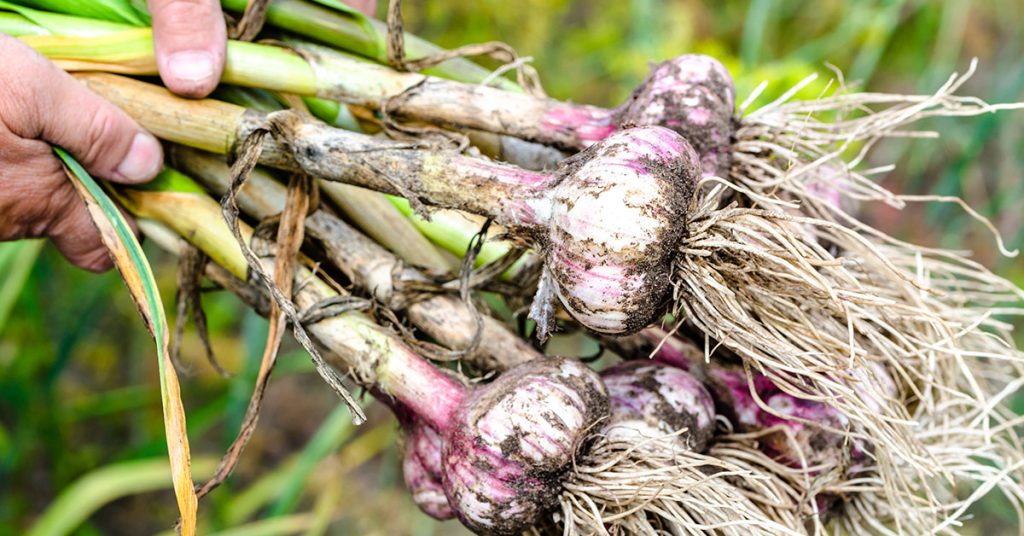
Garlic (Allium sativum) is well-known for its culinary prowess, but its strong odor also makes it an exceptional fly repellent in the garden! Native to Central Asia, garlic thrives in sunny, well-drained soils and produces pungent compounds that flies and many other insects find utterly repulsive. I’ve seen time and again how strategically planted garlic can create an invisible barrier that discourages pests, while also attracting beneficial soil microorganisms that contribute to a healthier growing environment.
Despite its assertive aroma, garlic is non-invasive and easy to manage, making it a perfect companion for a variety of garden setups. Its low-maintenance nature and dual utility—as both a flavorful addition to meals and a natural pest deterrent—have made it a staple in my gardening repertoire. Every harvest of garlic is a reminder that sometimes the simplest ingredients can have the most powerful effects on keeping our gardens vibrant and fly-free!
Eucalyptus
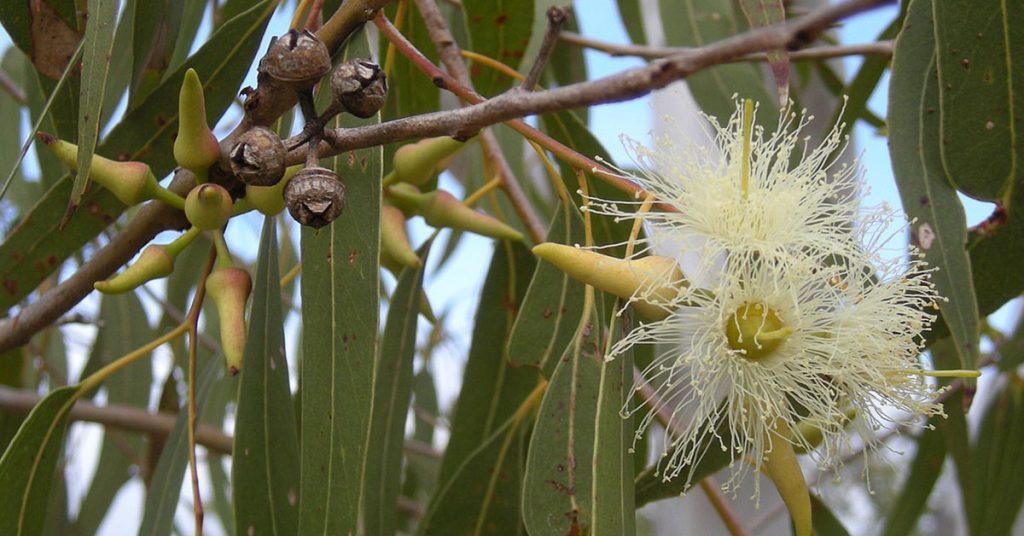
Eucalyptus is a majestic tree with aromatic leaves that release essential oils renowned for repelling flies and other insects! Native to Australia, eucalyptus thrives in warm, sunny climates and is celebrated for its tall, graceful form and invigorating scent. I’m continually impressed by how the potent aroma of eucalyptus leaves creates an environment that flies simply avoid, while simultaneously attracting beneficial insects that help sustain a balanced garden ecosystem. Its peeling bark and unique foliage add an exotic, sculptural quality to any landscape.
While eucalyptus can be invasive in some regions if not properly managed, many varieties remain well-behaved in container gardens or as part of a carefully curated landscape. Its practical benefits—ranging from natural fly repellent to medicinal uses—make it a favorite among gardeners who appreciate both form and function. With eucalyptus gracing your garden, you enjoy not only its striking appearance but also a robust natural defense against bothersome flies!
Nasturtium
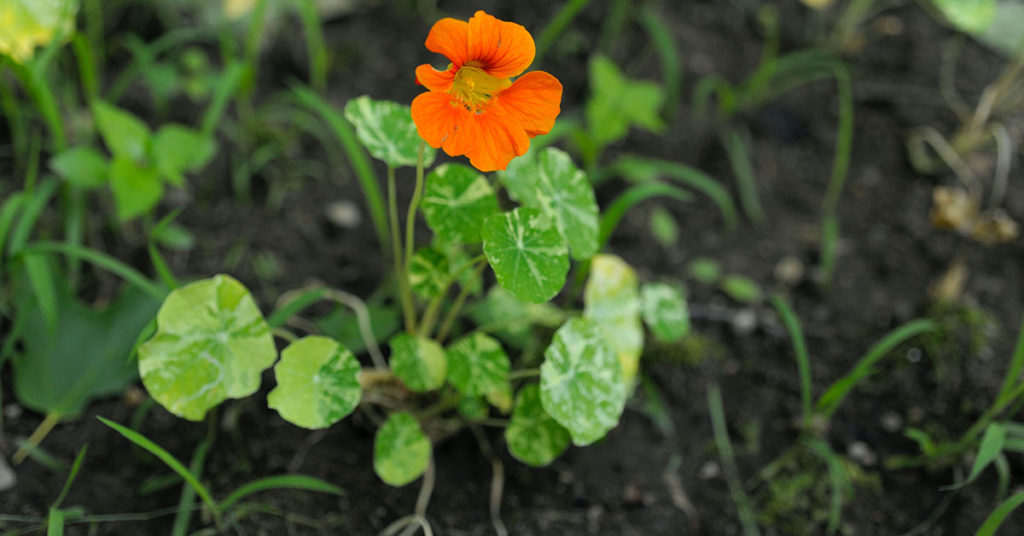
Nasturtium (Tropaeolum majus) is a delightfully vibrant plant that offers edible flowers and a peppery aroma which helps repel flies effectively! Native to South America, nasturtium thrives in warm, sunny conditions and produces bright, eye-catching blooms that naturally discourage pests. I’ve always admired its ability to add a splash of color to my garden while simultaneously creating a microhabitat that attracts beneficial insects. These friendly visitors often use the sprawling vines as temporary shelters or nesting spots, adding an extra layer of life to the space.
Beyond its ornamental appeal, nasturtium is non-invasive and easy to maintain, making it a practical choice for gardeners seeking a dual-purpose plant. Its peppery, aromatic leaves not only deter flies but also enhance culinary dishes, making it a versatile and delightful addition to any herb garden. Every time I harvest a handful of nasturtium leaves, I’m reminded of how nature can offer both beauty and functionality in a single, vibrant package!
Tansy
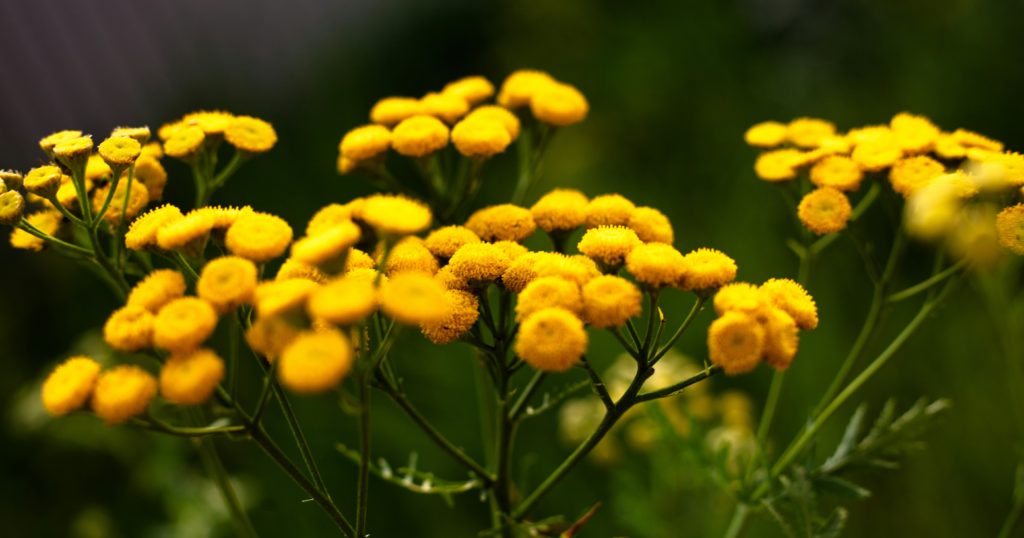
Tansy (Tanacetum vulgare) is a robust perennial that stands out for its bright, button-like yellow flowers and its potent ability to repel flies! Native to Europe and parts of Asia, tansy thrives in full sun and well-drained soils, producing a strong, herbaceous scent that discourages flies and many other pests. I’ve noticed that its feathery foliage and dense flower clusters sometimes serve as temporary nesting areas for beneficial insects, contributing to a self-sustaining garden ecosystem that requires minimal intervention.
However, tansy can be invasive in some climates if not carefully managed, so it’s best grown in controlled garden beds or containers. Despite this, its powerful fly-repelling properties and its historical use as a natural insecticide make it an invaluable tool in any pest-conscious gardener’s arsenal. Tansy’s bold presence in the garden is a constant reminder that nature provides us with effective, natural ways to keep our outdoor spaces thriving and fly-free!
Bay Laurel

Bay Laurel (Laurus nobilis) is a stately evergreen that not only graces your garden with its glossy, aromatic leaves but also works hard to repel flies! Native to the Mediterranean region, bay laurel thrives in sunny, well-drained conditions and exudes a rich, spicy aroma that flies find unappealing. I love how its elegant, dark green foliage and subtle fragrance transform a garden into a culinary and sensory delight, while also creating an environment that discourages unwanted pests from lingering.
In addition to its fly-repelling qualities, bay laurel is non-invasive and offers practical benefits for the kitchen, making it a dual-purpose marvel. Its evergreen nature ensures year-round visual appeal, and its robust growth habit provides natural shelter for beneficial insects that help maintain garden balance. Every time I pluck a bay leaf for a hearty stew, I’m reminded of how this ancient plant seamlessly blends beauty, utility, and natural pest control into one timeless package!
Geranium
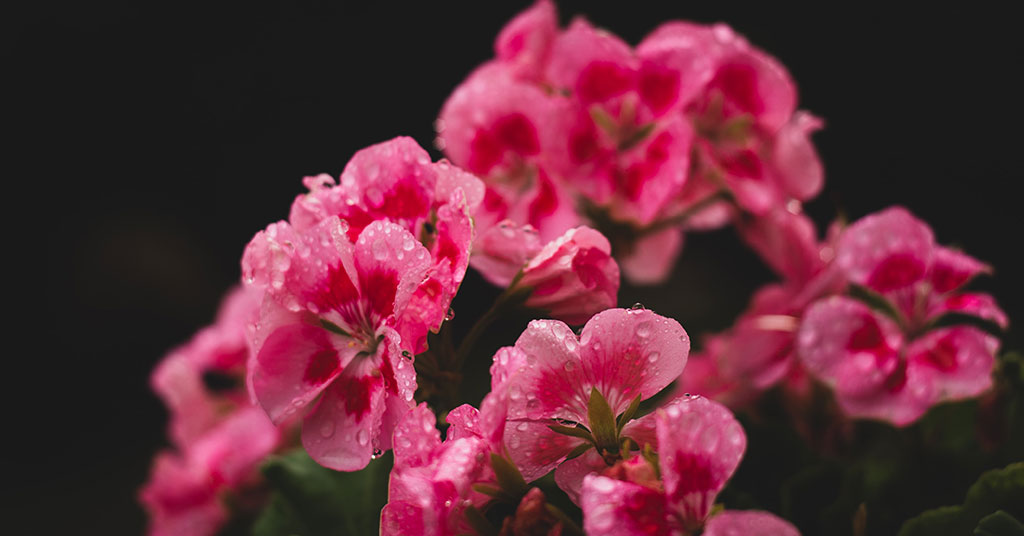
Geranium, particularly the scented varieties (Pelargonium spp.), is a charming flowering plant that adds a burst of color and an invigorating fragrance to your garden—qualities that are excellent for repelling flies! Native to South Africa, geraniums thrive in sunny conditions and well-drained soils, producing vibrant blooms and aromatic foliage that flies tend to avoid. I’ve always appreciated how these plants not only offer eye-catching displays of reds, pinks, and oranges but also contribute to a natural insect balance by attracting beneficial insects that might use their dense clusters as brief nesting sites.
What sets geraniums apart is their non-invasive growth habit, ensuring that they complement your garden without overwhelming it. Their robust, bushy structure and enduring blooms make them a perennial favorite for anyone looking to combine aesthetic appeal with practical pest control. For gardeners like me, the interplay between geranium’s vivid colors and its functional role as a fly repellent is a delightful reminder that beauty and utility can coexist in perfect harmony!




